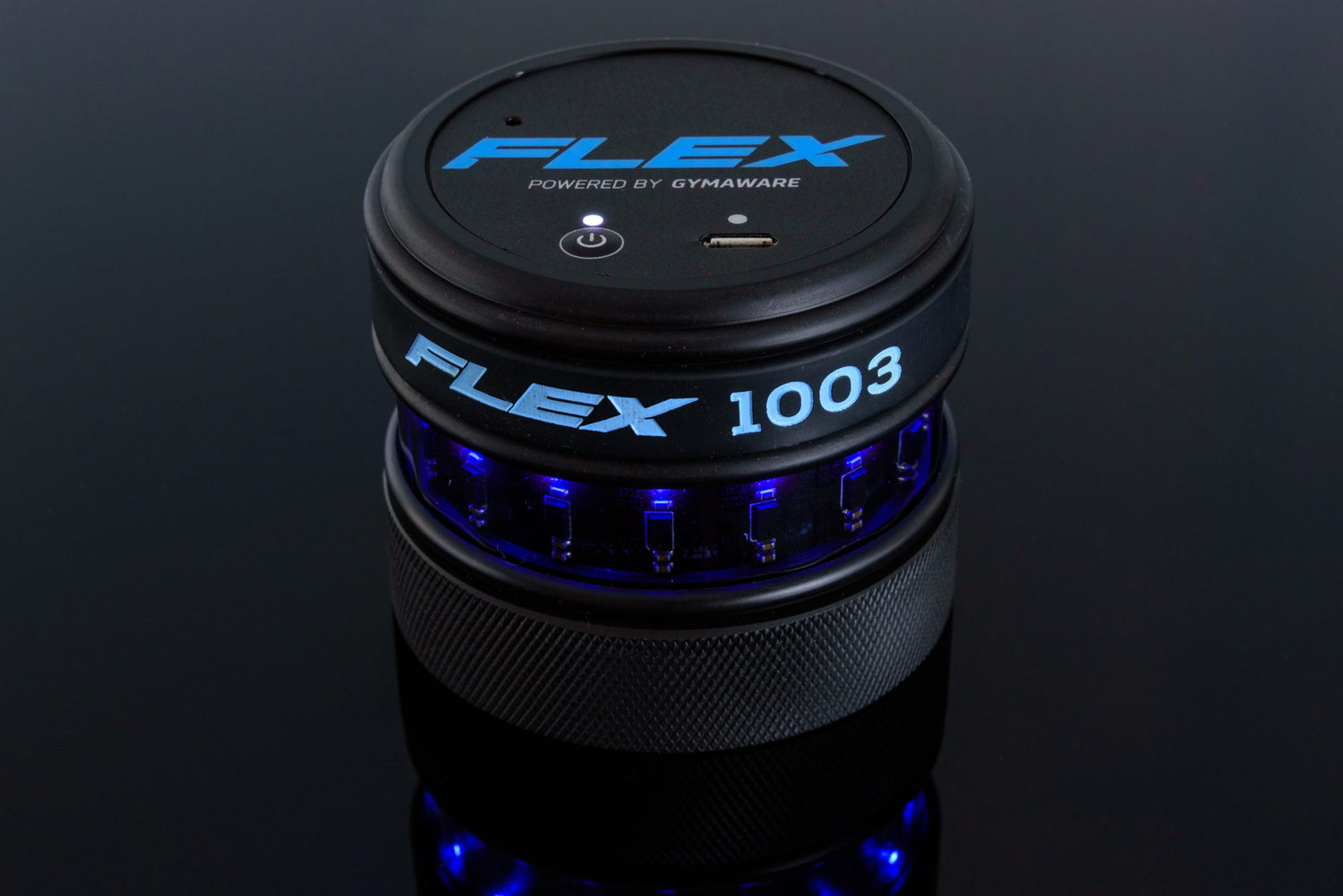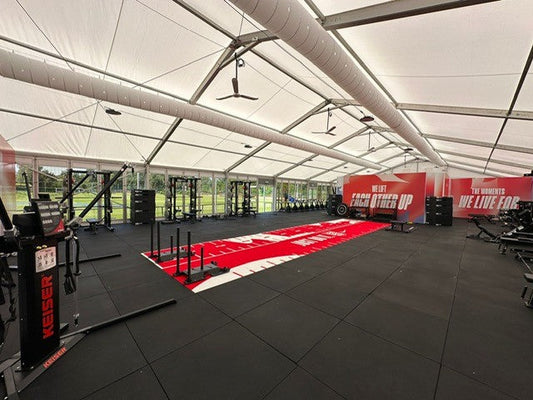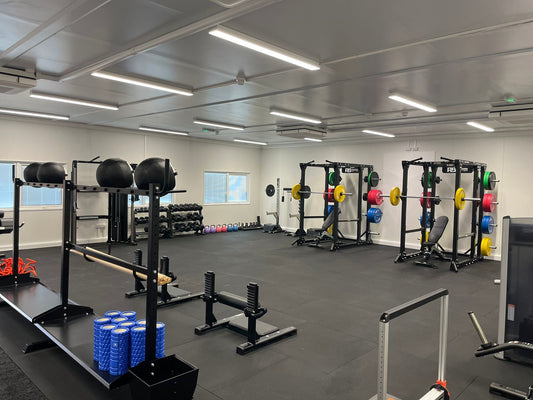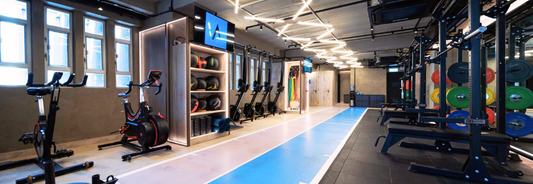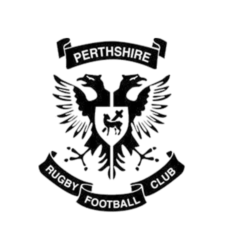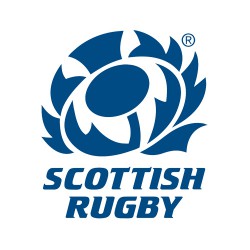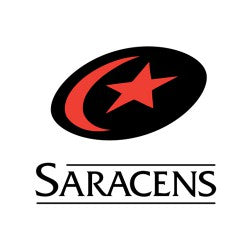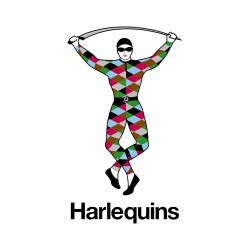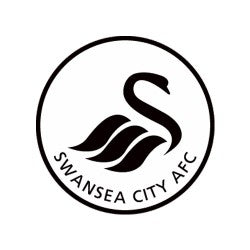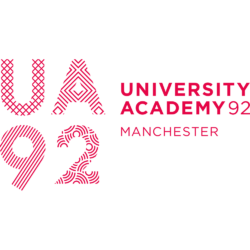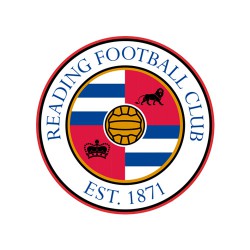Coaches, athletes and trainees alike often preoccupy themselves with the work component of a programme intended to boost athletic performance.
Stressing the body without ample time to recuperate ultimately leads to injury and/or regression, so programmes that are designed intelligently always include unloading breaks and rest days. These often involve low-level aerobic activity, sauna time and soft tissue work.
Additionally, a method that’s gained traction over time (although has been used for centuries) is cold-water immersion, which couples as a method for both recovery/rest days as well as a habitual post-workout routine.
What is it?
Cold-water immersion has mixed reviews, and with it a host of confusing scientific literature.
Its reported benefits include improvement of the lymphatic and immune systems, increased circulation, reduction in muscle inflammation, and increased metabolism, to name a few. While research appears inconclusive, some swear by it.
The most common method of applying cold water immersion is through ice baths, typically in the range of five to 10 minutes. It is a rather uncomfortable experience, one intended to speed the recovery process between hard training sessions and competitions.
However, a 2011 research study in the Journal of Strength and Conditioning Research examined the effects of five-minute ice baths on Australian rugby players following 300m run tests, finding a slightly negative effect on the phosphate decrement tests they conducted versus controlled subjects. Essentially, the rugby players were doing more harm than good with these brief ice-bath bouts. Conversely, another group they tested using contrast baths (alternating periods of warm and cold water) showed a slightly positive effect in the same test.
Taking a little bit deeper dive into the literature, however, points towards contrast water therapy as a relatively unsolidified recovery method. A 2013 meta-analysis published in the PLoS One Journal of Science showed that contrast water therapy has no significant effect on recovery over cold-water immersion in 13 included research studies, but does appear slightly better than passive recovery methods. That falls in direct opposition to the previously mentioned rugby research study, leaving us scratching our heads once again.
Practical Application
Practically speaking, cold-water immersion and contrast water therapy both seem to have merit and/or discrepancy depending on what research you read. Anecdotally speaking, we’ve seen athletes and clients who respond quite well to both methods, as well as those who did not. We do believe that the placebo effect comes into play with some individuals, making them believe they’ve recovered greater than they would have without these methods. If that helps somebody feel better and subsequently increase performance, then we're all for it. It should be noted that icing as a means to reduce swelling is important for rehabilitation settings, thus that should be treated completely separately, and we are discussing relatively healthy individuals here.
Check out our range of Ice Baths HEREFor the latest on Perform Better, follow us on Facebook, Instagram or Twitter
